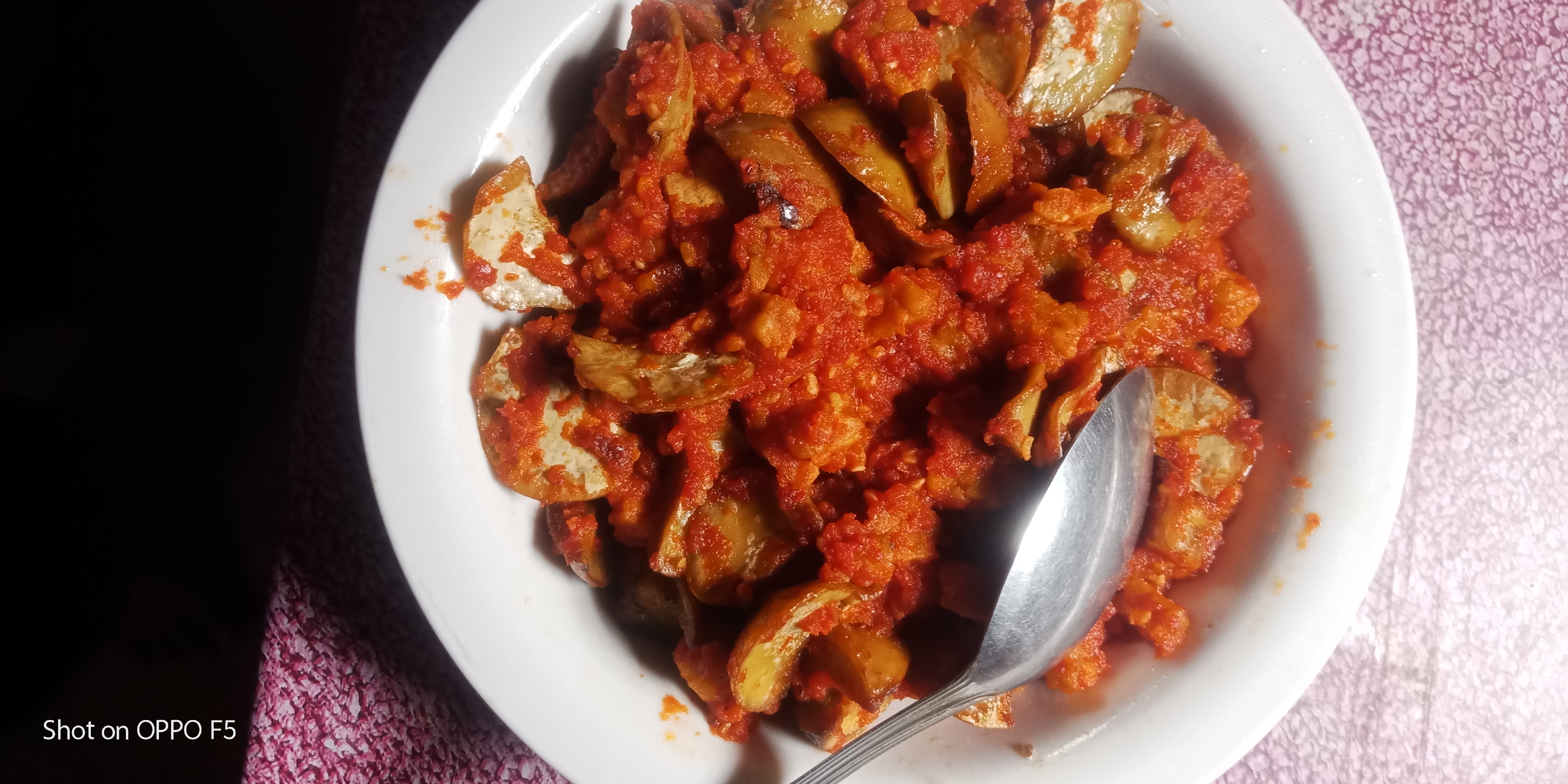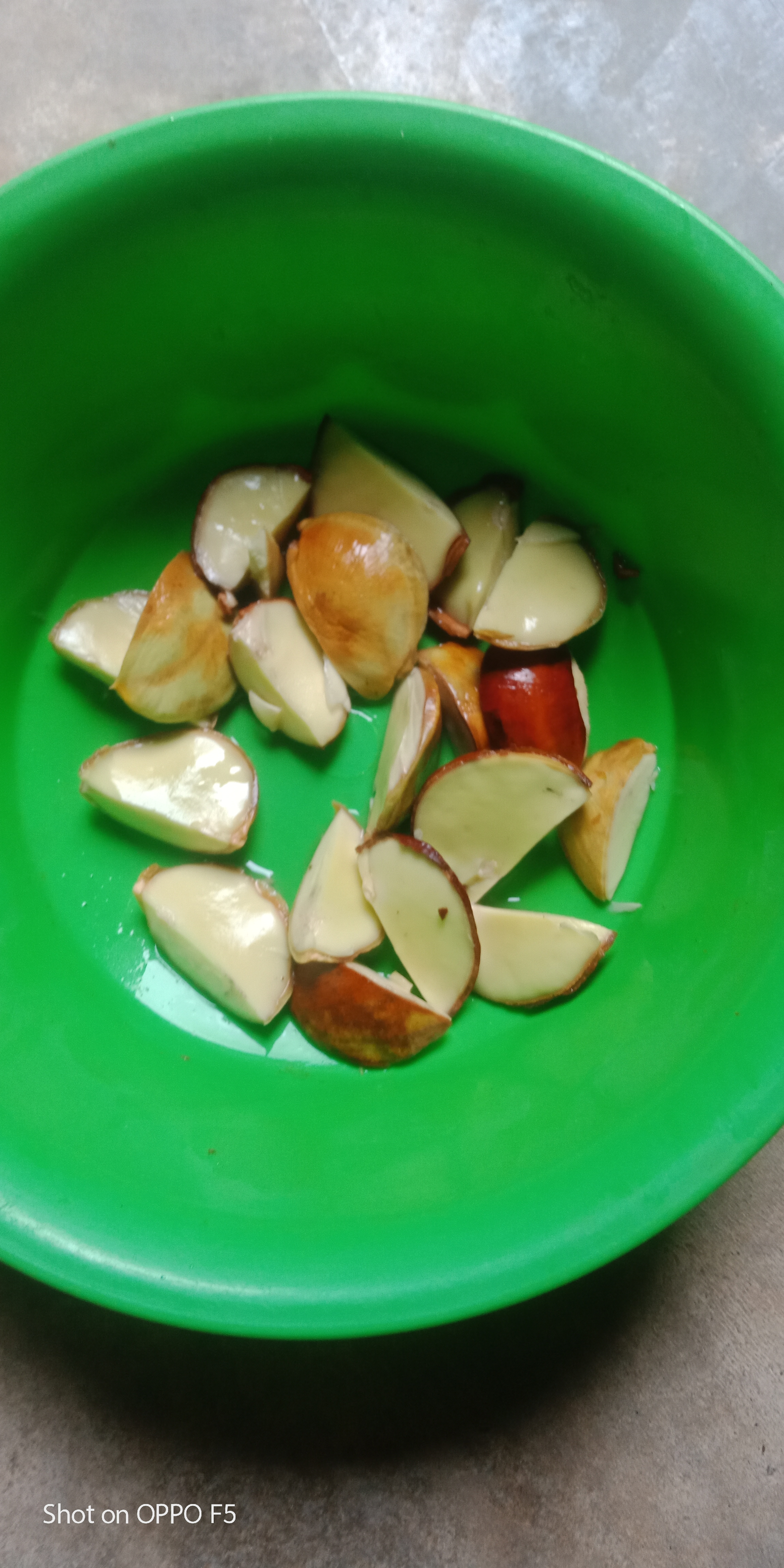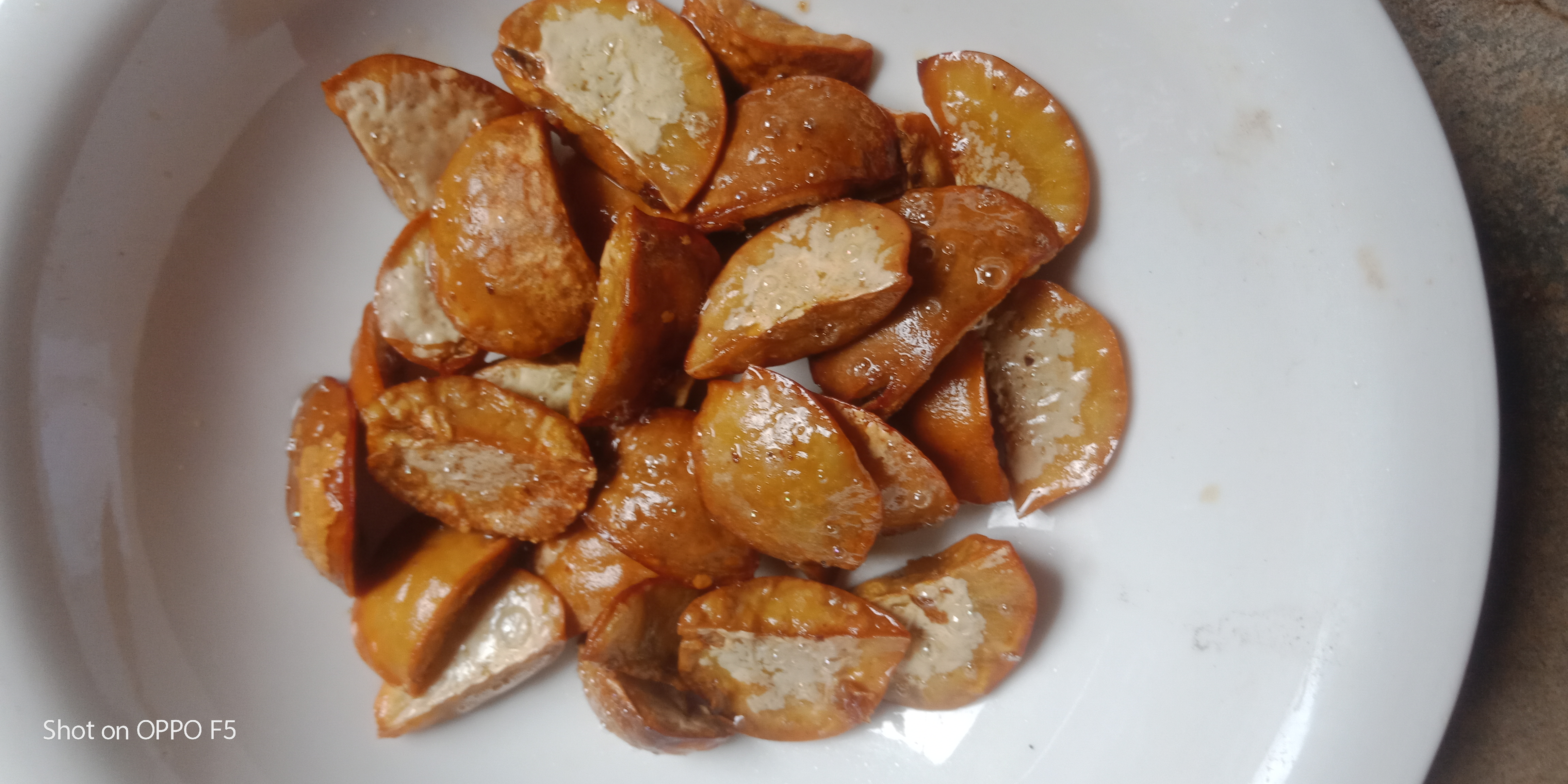


Jengkol or often called jering is one of the typical plants that grow in many areas of Southeast Asia, one of which Indonesia is included in the type of legume plant.
In Indonesia itself, it is very easy to find because the people who cultivate it are not even rare to meet in the yard of the house.
In Indonesia, jengkol is very familiar to the people because jengkol is one of the most delicious dishes on the menu, both in stews and in chili sauce.
There are some people who don't really like jengkol because it can make bad breath.
But behind it all jengkol also saves many benefits for the health of the body, one of which is the intake of antioxidants, helps purify the blood, treat diabetes, thereby improving bone health and others.
The secret to the deliciousness of jengkol sambal lies in the ingredients used, here are the ingredients you should pay attention to:
1 stick of lemongrass, 4 lime leaves, 1 spoon of sugar, 2 spoons of salt, 8 red onions, 3 garlic, 2 tomatoes and chilies to taste depending on spicy taste or not.
The way of processing the jengkol must be boiled first until it is cooked then fried first so that the savory aroma comes out then the jengkol is ready to be sauced and enjoyed.
Greetings hobby from the interior of aceh.
Nice dish friend.
Archidendron pauciflorum previously. I enjoy learning new things, so this really took my interest.Thank you for this very informative post, which you tagged with #diabetes. I had not come across jengkol,
I was wondering, is there any specific scientific evidence to support the claim that A. pauciflorum, can treat diabetes? There have been some great ethnobotanical and ethnomedicine studies done recently in some countries, to validate traditional and indigenous knowledge, using the scientific method, with such tools as taxonomy, microbiology, cytology, phytochemistry, etc. It would be great to see some verifiable results of such a study performed on A. pauciflorum, to validate the claim that it can treat diabetes.
diabetes? There have been some great ethnobotanical and ethnomedicine studies done recently in some countries, to validate traditional and indigenous knowledge, using the scientific method, with such tools as taxonomy, microbiology, cytology, phytochemistry, etc. It would be great to see some verifiable results of such a study performed on A. pauciflorum, to validate the claim that it can treat diabetes.